Regular maintenance of your roof is crucial to ensure the longevity and safety of your home. Ignoring signs of wear and damage can lead to more costly repairs or complete roof replacement. According to Today's Homeowner, if a roof is under 15 years old, it usually still has a long life ahead, making repairs the better option. The integrity of the roof is paramount to protect not only the structure itself but everything within the house. An effective way to manage potential issues is by recognizing early symptoms that may indicate your roof needs attention. This article will outline the signs that indicate the need for roof repairs.
1. Presence of Water Stains
Identifying Water Spots on Ceilings
Water stains on ceilings are a major indication that something is amiss with your roof. These dark, discolored patches often appear as a direct result of water intrusion, signaling potential leaks. Observing such stains is crucial, as they can develop into significant issues if neglected. The presence of water spots not only indicates cosmetic damage but may also suggest further structural weakness. Therefore, early identification and intervention are essential to mitigate potential damage.
Understanding the Causes of Roof Leaks
Continuing, roof leaks are commonly caused by several factors, such as missing shingles, clogged gutters, or compromised flashing. Environmental factors like heavy rain, snow, and storms can exacerbate these issues, leading to leaks. Sometimes, poor roof installation or inferior materials can also lead to premature roof failures. Understanding these causes allows homeowners to be vigilant and proactive in maintaining roof health. Addressing these underlying issues can prevent more severe damage in the future.
Consequences of Ignoring Water Damage
Ignoring water stains can lead to numerous problems, including structural damage to the ceiling and insulation. Over time, persistent leaks can cause mold and mildew growth, which poses health risks to the home's inhabitants. Moreover, unresolved leaks can weaken the roof structure, leading to costly roof repairs or necessitating a complete roof replacement. The longer water damage is ignored, the more extensive and expensive the repairs become. Thus, prompt attention to water stains is imperative to prevent escalation.
2. Missing or Damaged Shingles
Visual Inspection Techniques
Homeowners can get a professional company to inspect their roofs for missing or damaged shingles using some basic techniques. Begin by having them visually scan the roof for any gaps or anomalies in the shingle pattern. Binoculars can be helpful in areas where access is dangerous or impractical, allowing a closer inspection from ground level. Pay special attention to curled, cracked, or completely absent shingles, which can compromise the roof's protective barrier. Regular inspections help detect issues early, ensuring timely roof repairs and maintaining roof integrity.
Causes of Shingle Degradation
Furthermore, shingle degradation can result from various environmental and physical factors. Constant exposure to UV rays from the sun can cause shingle material to become brittle and weaken over time. Additionally, severe weather conditions such as hail, heavy rain, or windstorms can physically damage shingles. Also, age and poor installation practices can expedite the deterioration process. Recognizing these factors allows homeowners to take preventive steps and extend the lifespan of their roofing shingles.
3. Sagging Roof Deck
Recognizing Signs of Structural Weakness
A sagging roof deck is a significant indicator of structural weakness, often caused by multiple contributing factors. Roofing professionals should look for notable dips or warping in the roofline, which deviates from the otherwise straight contour. These signs often indicate underlying issues with supporting structures such as beams or trusses. Recognizing these early warnings enables homeowners to take corrective measures before more severe problems arise. Addressing structural weaknesses early ensures the safety and integrity of the entire roofing system.
Assessing the Severity of the Sagging
Determining the severity of a sagging roof deck requires careful observation and, often, professional intervention. By measuring the deviation at various points, homeowners can gauge the extent of sagging and whether immediate attention is necessary. If the sagging appears pronounced or worsens over time, urgent professional assessment is advised to prevent potential collapse. The more severe the sagging, the quicker action should be taken to prevent additional damage. A precise assessment can guide homeowners in choosing the most appropriate solutions for roof repairs.
4. Increased Energy Bills
Link Between Roof Damage and Energy Inefficiency
Roof damage significantly contributes to energy inefficiency, as it directly impacts the thermal dynamics of the home. Damaged roofs allow unwanted air exchange, disrupt insulation, and lead to temperature inconsistencies. This results in heating and cooling systems working harder to maintain desired indoor comfort levels, increasing energy consumption and costs. A well-maintained roof acts as an effective barrier, enhancing energy efficiency by conserving heat and cooling. Addressing roof damage can lead to notable reductions in energy bills.
Identifying Insulation and Ventilation Issues
Recognizing insulation and ventilation issues is crucial for optimal roof performance and energy efficiency. Poor insulation leads to temperature fluctuations, causing the HVAC system to work harder, thereby increasing utility expenses. Additionally, inadequate roof ventilation can trap heat, leading to uncomfortable living conditions and higher cooling costs. Identifying and correcting these issues contributes to a more balanced, comfortable home environment. Ensuring your roof is properly insulated and ventilated can provide long-term energy savings.
5. Growth of Mold and Mildew
Detecting Mold and Mildew on Your Roof
Mold and mildew growth often manifests as dark, patchy spots on roof surfaces, indicating compromised roofing health. These unwelcome organisms typically develop in areas of high moisture and poor ventilation, thriving on damp surfaces. Visual inspections can help homeowners identify these signs early, preventing more severe infestations. Given that their presence can signal deeper underlying water issues, early detection is critical. Removing mold and mildew promptly avoids structural damage and ensures the safety of your living environment.
Health Hazards Associated with Mold
Furthermore, mold growth in a home presents a variety of health hazards to occupants. Exposure can lead to respiratory issues, allergic reactions, and aggravate conditions like asthma. Persistent mold presence can significantly reduce indoor air quality, posing long-term health risks. Vulnerable groups, including children and the elderly, are particularly at risk from mold exposure. Ensuring roof integrity helps prevent mold and mildew from taking hold, safeguarding both property and personal health.
6. Granules in Gutters
The Role of Granules in Roofing Shingles
Roofing shingle granules play a crucial role in protecting and prolonging the lifespan of the roof. These granules shield shingles from harmful ultraviolet rays, add aesthetic appeal, and provide added weight and durability. Without granules, shingles become susceptible to faster degradation, leading to premature roof damage. Regular inspection of shingle granules is essential to monitor the condition of the roof covering. Understanding their function helps homeowners appreciate the implications of granule loss over time.
Effects of Weather on Granule Loss
Weather impacts greatly influence shingle granule erosion, especially in regions with extreme conditions. Heavy rainfall, hail, and strong winds can strip granules from shingles, leaving them exposed and vulnerable. Extreme temperature fluctuations can also lead to granule loss as shingles expand and contract. Over time, cumulative weather effects can significantly contribute to roof wear and tear, leading to necessary roof repairs. Being vigilant about these influences allows homeowners to plan timely preventive maintenance and avoid extensive damage.
Recognizing these signs of roof damage early can help you address potential issues before they develop into costly repairs or replacements. Regular inspection and maintenance can protect your home and ensure a longer lifespan for your roof. Call Augustino Brothers today to get started on your roof repairs.
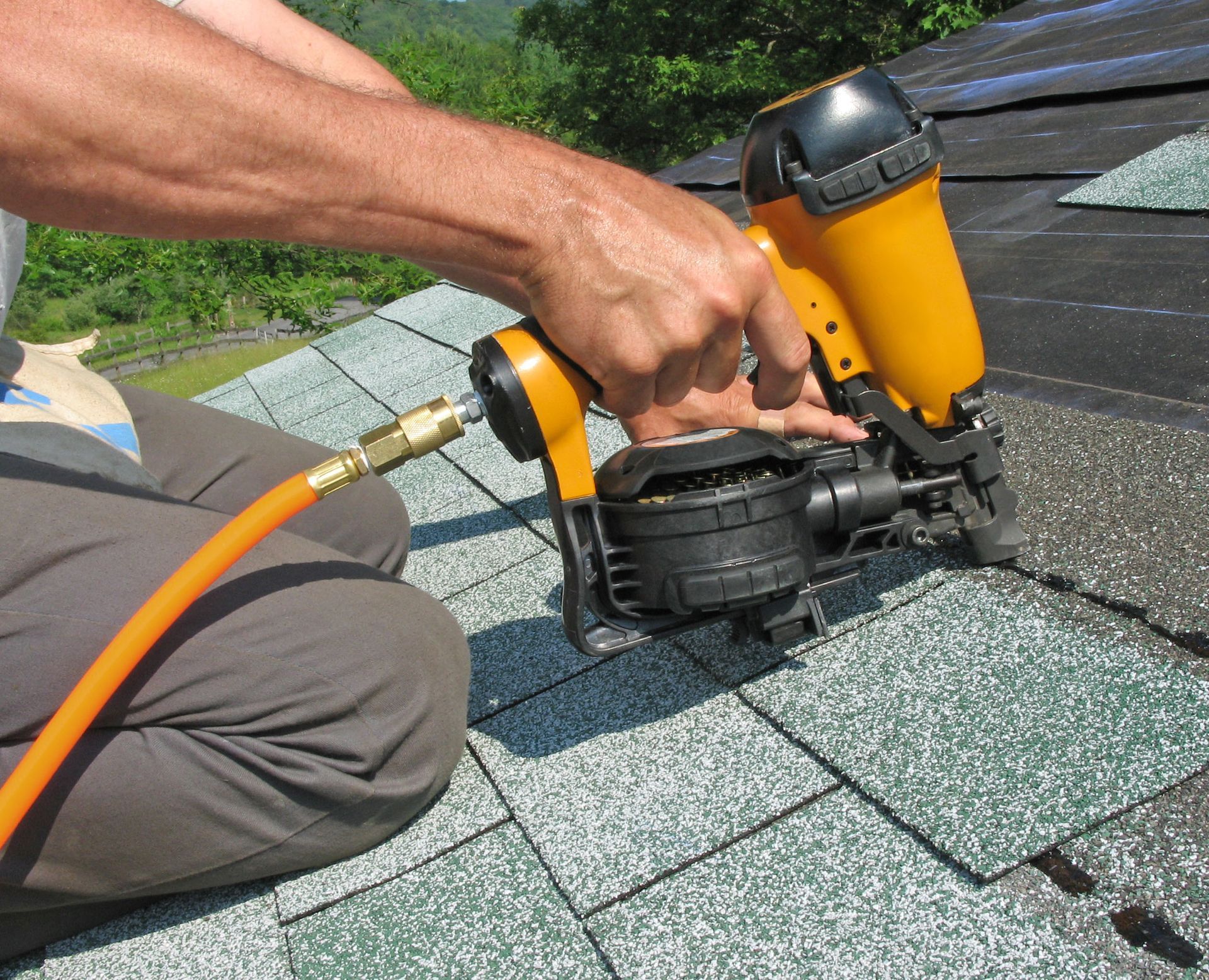
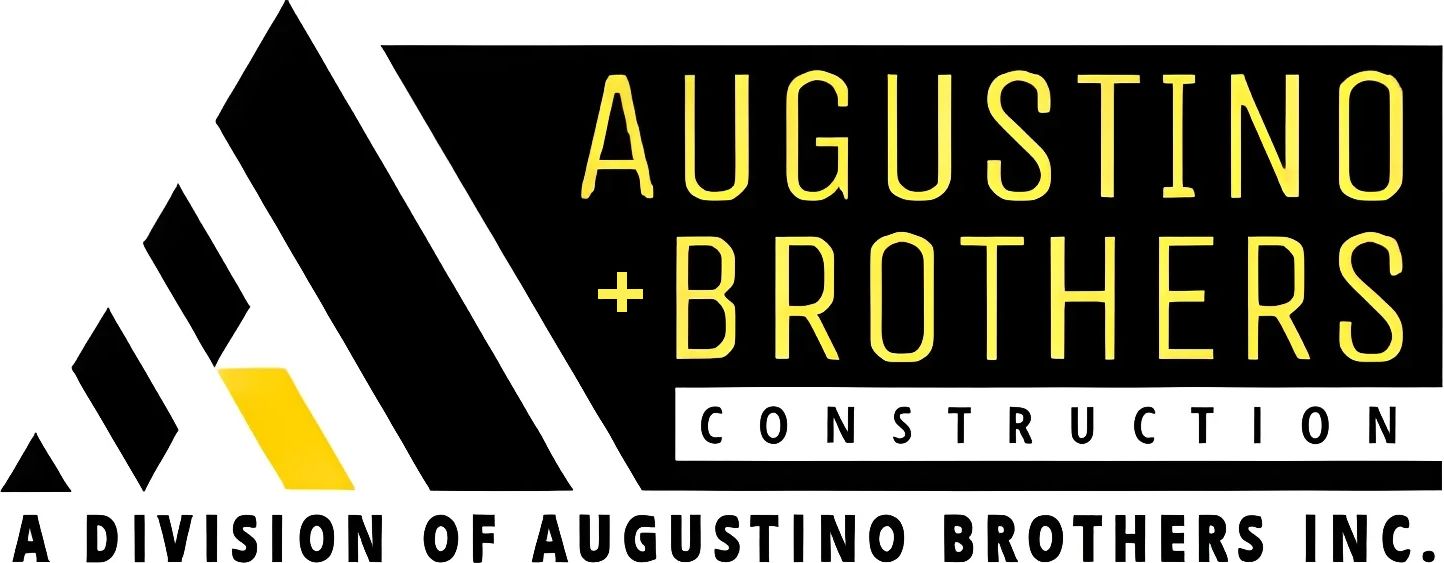
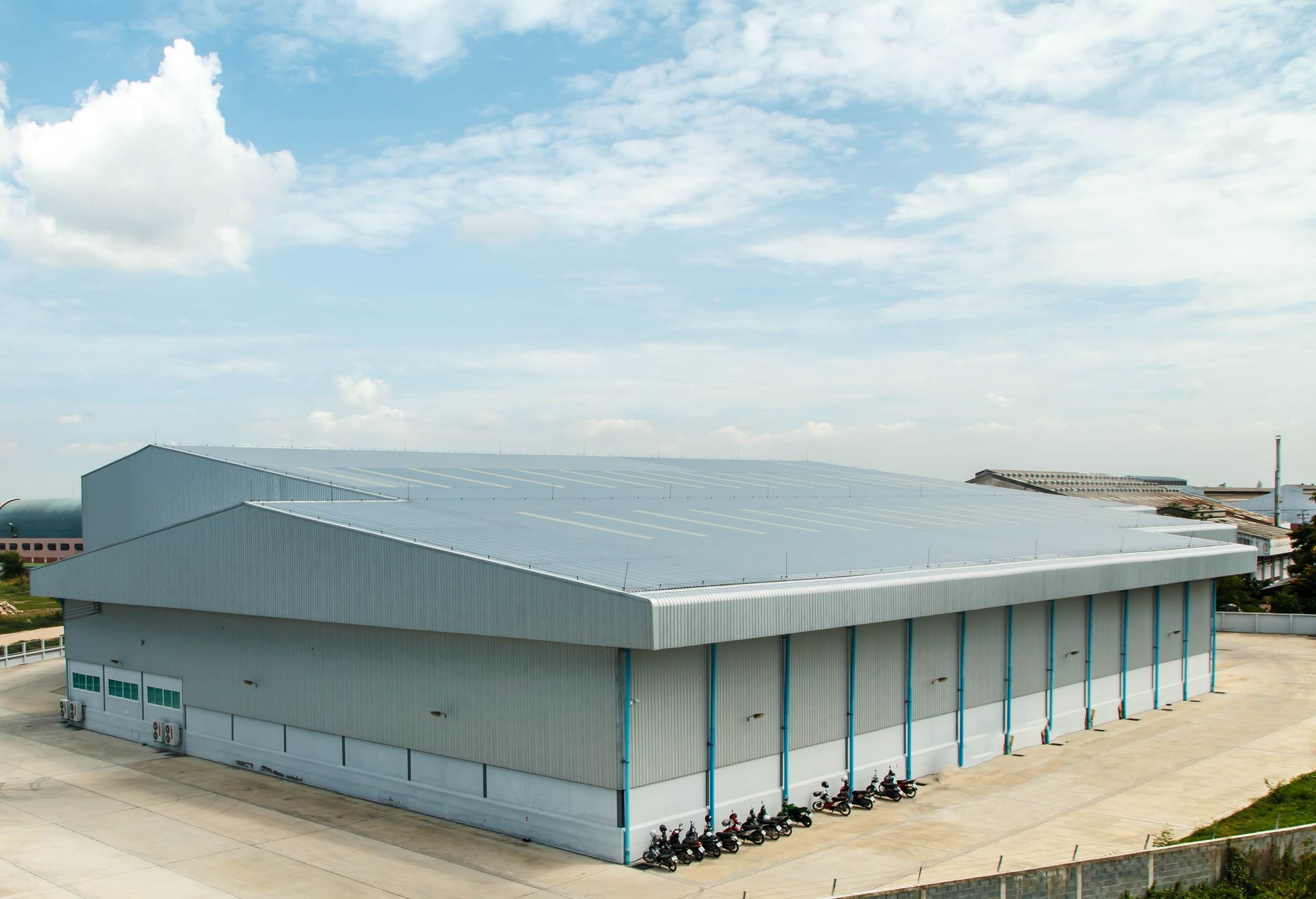
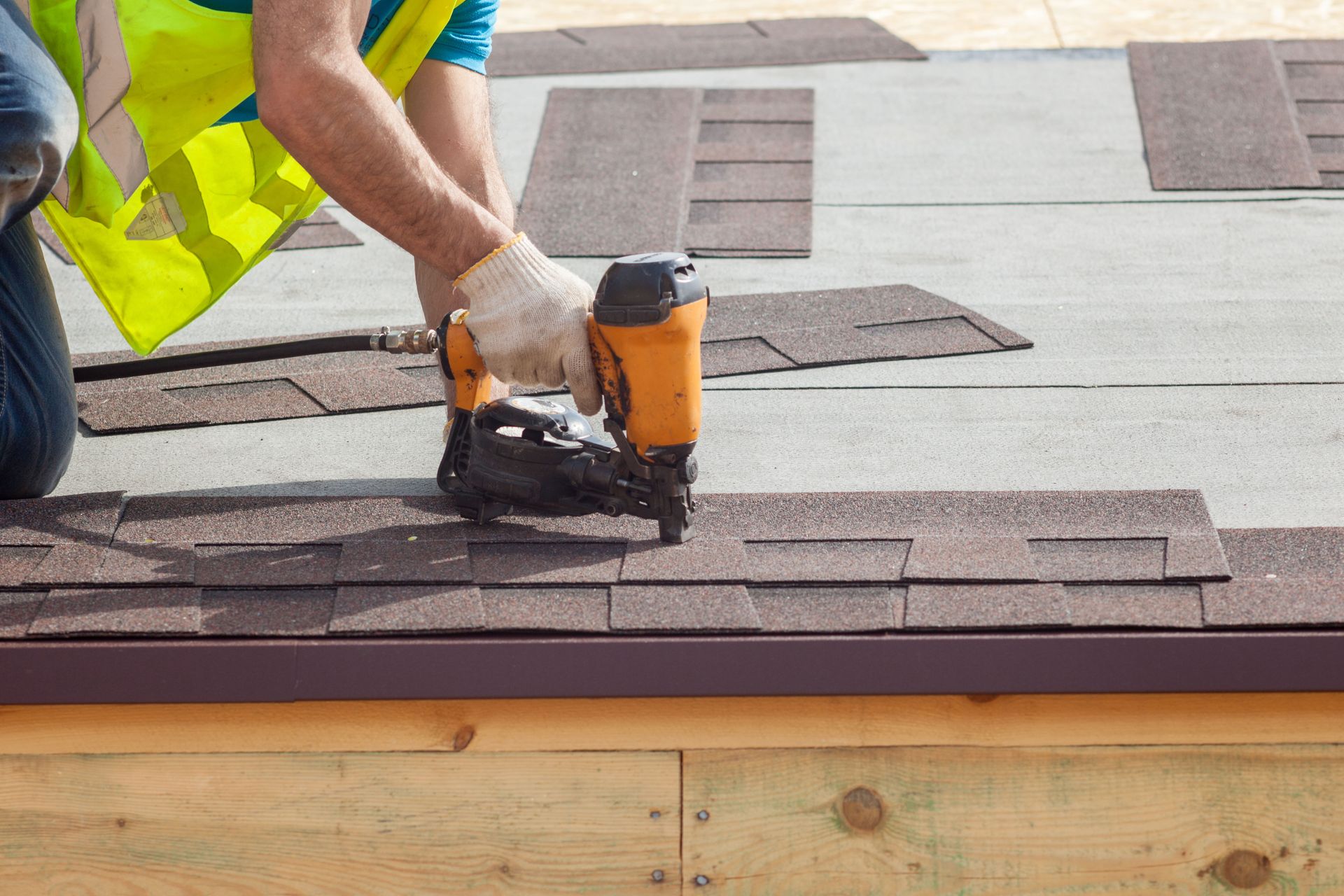
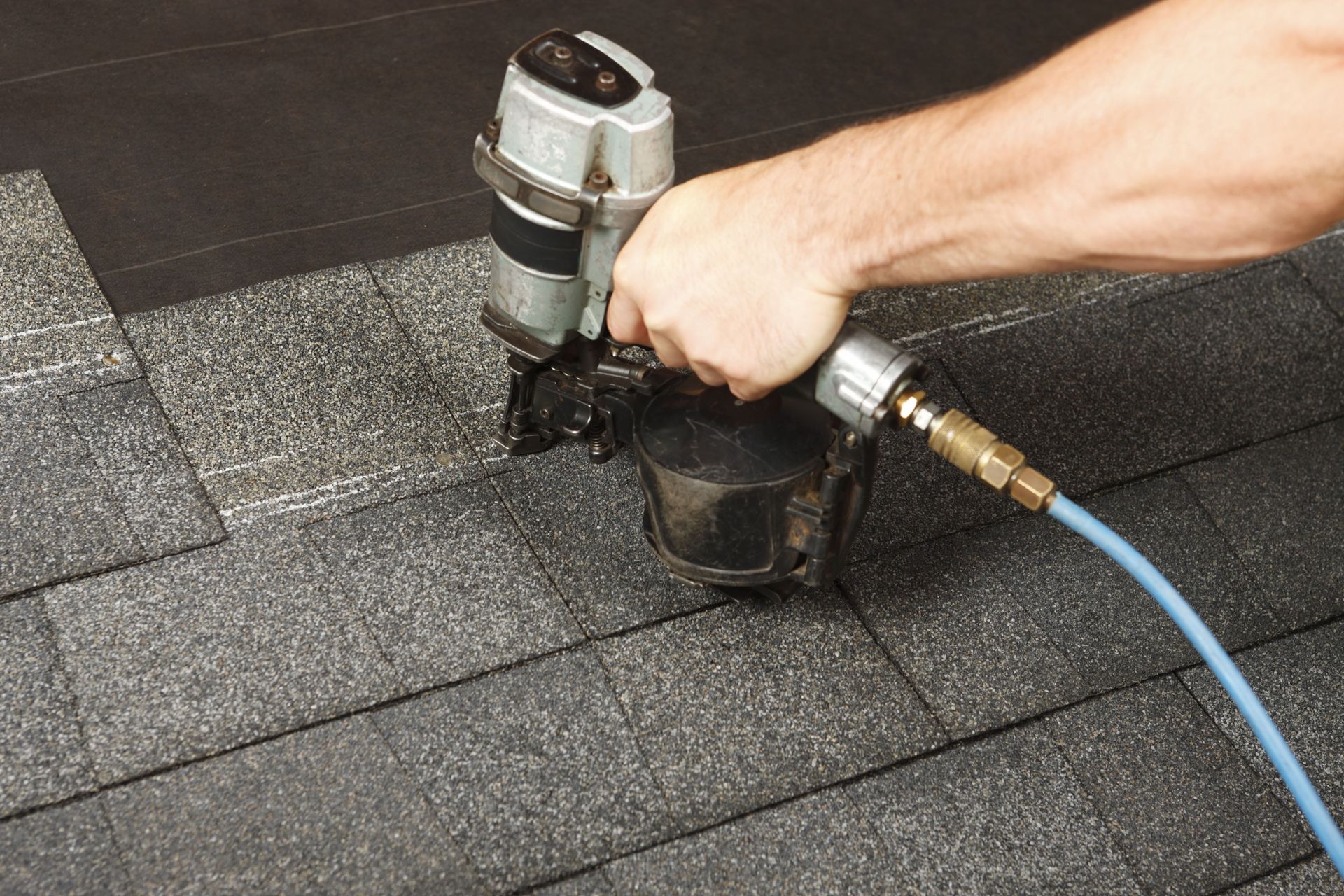
Share On: